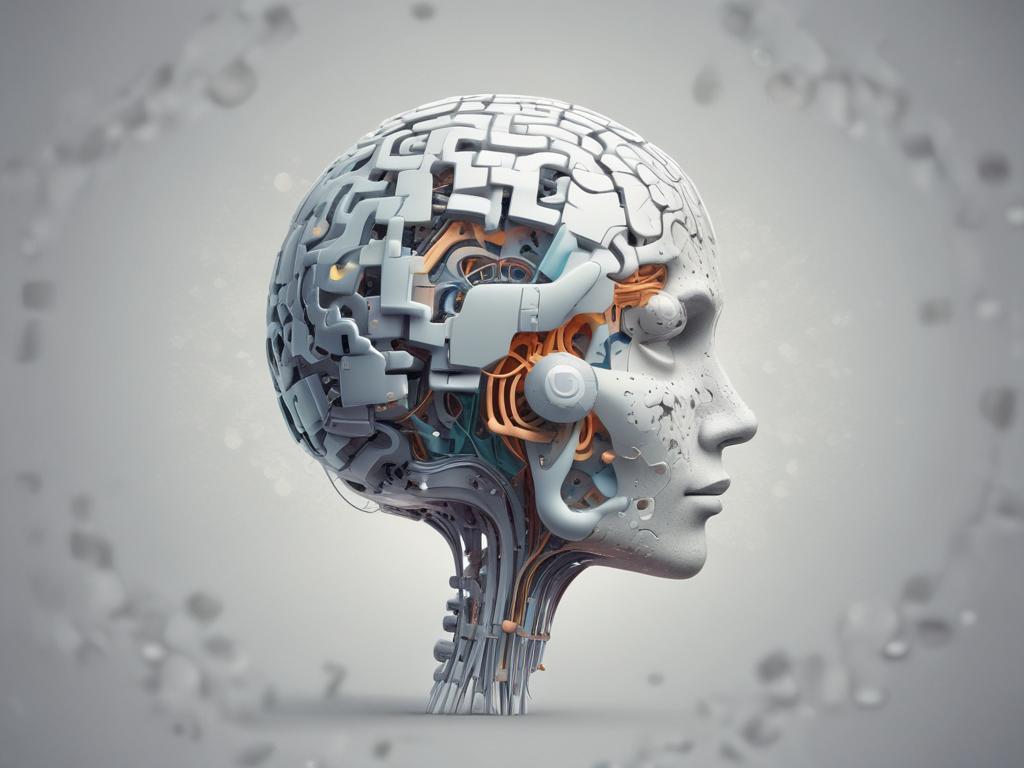Website designed with the B12 website builder. Create your own website today.
Start for free
In today's fast-paced world, organizations must continuously adapt and evolve to stay competitive. Discover how AI can revolutionize your organization's learning and development strategies by offering innovative solutions that enhance training, streamline processes, and tailor learning experiences to individual needs. As artificial intelligence becomes increasingly integrated into various aspects of business, its potential to transform learning initiatives is undeniable. By harnessing AI technology, organizations can create a more dynamic and effective learning environment that empowers employees to reach their full potential.
As we dive into this blog post, we will explore how AI is reshaping traditional learning and development strategies, uncovering the key benefits that come with its integration. From personalized learning paths to data-driven insights, AI provides organizations with tools to enhance their training programs and drive employee engagement. Additionally, we will outline practical steps for implementing AI in your learning initiatives, helping you take advantage of this powerful technology to foster a culture of continuous improvement and innovation within your organization.
Discover how AI is reshaping learning and development strategies
Artificial Intelligence (AI) is rapidly transforming the landscape of learning and development within organizations. By leveraging intelligent algorithms and machine learning, organizations can analyze vast amounts of data to tailor learning experiences that meet the unique needs of their employees. This custom approach not only enhances engagement but also improves knowledge retention and application. For instance, AI-driven platforms can assess individual learning styles and preferences, delivering personalized content that is both timely and relevant, thus ensuring that employees receive training that resonates with their specific roles and career goals.
Moreover, AI enables organizations to identify skill gaps and future competencies required for success in an ever-evolving business environment. Through predictive analytics, companies can make informed decisions about which training programs to implement, optimizing resource allocation and investment. This strategic alignment ensures that learning initiatives directly contribute to organizational objectives and workforce readiness. By embracing AI in their learning and development strategies, organizations not only improve efficiency but also foster a culture of continuous improvement and innovation, ultimately leading to enhanced performance and competitiveness in the market.
Key benefits of integrating AI into organizational learning
Integrating AI into organizational learning provides a plethora of advantages that significantly enhance employee training and development. First, AI-driven personalized learning experiences cater to individual employee needs and learning styles. By analyzing data from learners’ interactions, AI can suggest tailored content, adaptive learning paths, and resources that suit each employee's unique skill level and pace. This level of customization not only improves engagement but also boosts knowledge retention, as employees feel seen and supported in their learning journeys.
Additionally, automating administrative tasks through AI liberates learning and development teams from mundane responsibilities. AI tools can streamline training scheduling, track progress, and assess competency levels, allowing professionals to focus on strategic initiatives that drive business growth. Beyond efficiency, AI also facilitates real-time feedback and assessment, giving immediate insights into areas of improvement for both learners and trainers. Overall, the integration of AI into learning strategies leads to a more agile, responsive, and effective development ecosystem within organizations.
Practical steps to implement AI in your learning initiatives
To successfully integrate AI into your organization’s learning initiatives, start by identifying specific areas where AI can add value. Conduct a thorough needs assessment to determine the skills gaps and learning objectives within your workforce. Engage with employees to gather insights on their learning preferences and pain points. Once you have a clear understanding of the current landscape, consider selecting AI-driven tools that align with your strategic goals. Whether it’s a personalized learning platform, chatbots for instant support, or analytics software for tracking progress, choosing the right technology is crucial for effective implementation.
After selecting the tools, prioritize training and support for both learners and educators. Provide resources and workshops to help staff and employees familiarize themselves with AI technologies and encourage a culture of continuous learning. Monitor usage and performance regularly to assess the effectiveness of your AI initiatives. Utilize feedback to make data-driven adjustments, ensuring that your strategies evolve with both technological advancements and the changing needs of your organization. By following these practical steps, you will effectively transform your organization's learning landscape while positioning it to thrive in a rapidly evolving workplace.